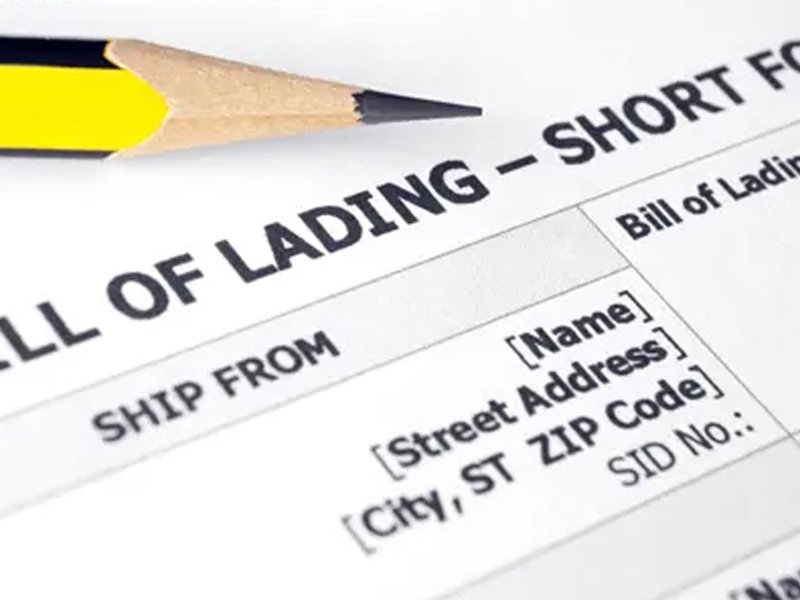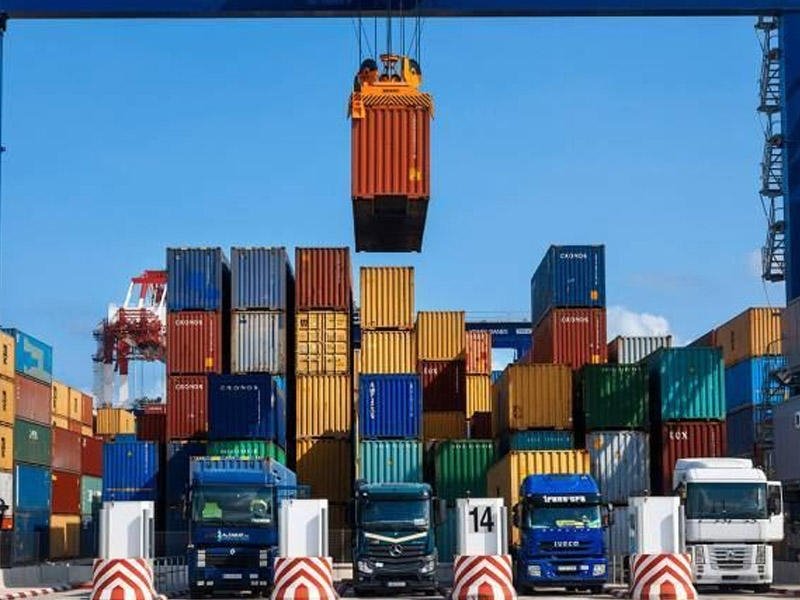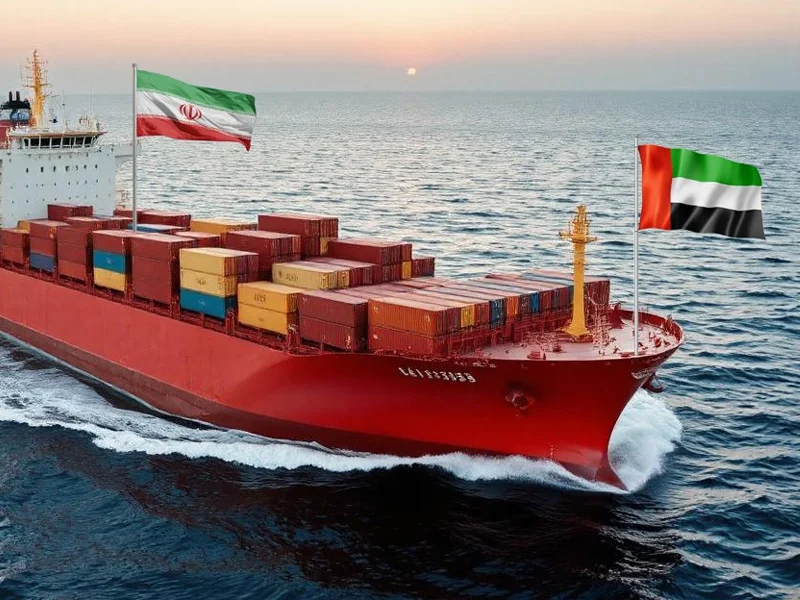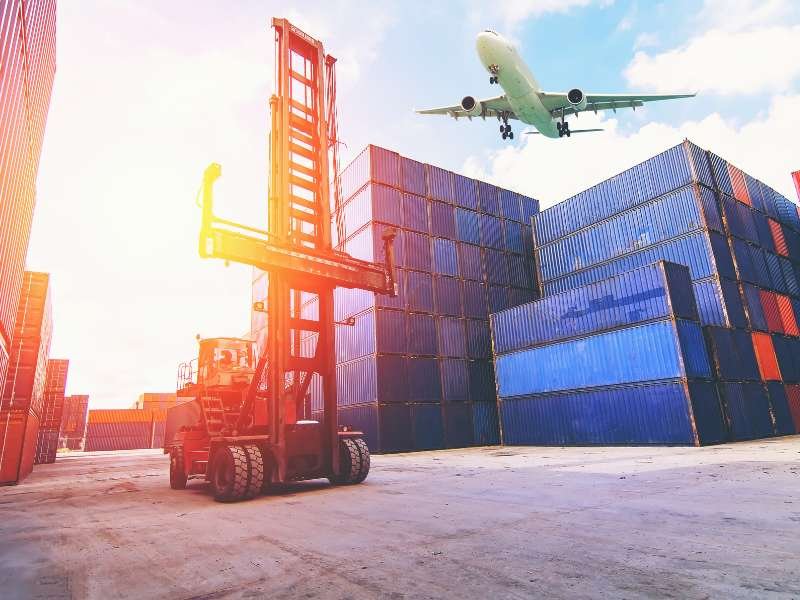A Bill of Lading (B/L) is one of the most important documents in international trade and logistics, playing a vital role in the shipment and ownership of goods. It is more than just a receipt for goods—it acts as a contract of carriage and a document of title. Understanding its purpose and types is essential for smooth business operations across borders.
Key Functions of a Bill of Lading
Receipt of Goods: The B/L serves as a receipt issued by the carrier to the shipper, confirming that the specified goods have been received in good condition for transport. This aspect provides reassurance to all parties involved that the cargo has been properly handed over for shipping.
Contract of Carriage: It details the terms and conditions agreed upon between the shipper and carrier, defining the obligations for both parties during the shipment process. These terms often include the scope of services, liability clauses, and any specific conditions required for the safe handling of the goods.
Document of Title: The B/L provides proof of ownership of the goods. It allows the holder to claim the cargo at the destination or transfer ownership through endorsement, which is particularly important in trade financing. This function makes the Bill of Lading a critical element in maintaining the legal integrity of international trade.
Types of Bills of Lading
The various types of Bills of Lading cater to different needs and scenarios in the shipping process. Some of the most common types include:
On-Board Bill of Lading: This document indicates that goods have been loaded onto the vessel. It provides assurance to buyers and financiers that the shipment is underway.
Received-for-Shipment Bill of Lading: This type of B/L confirms that the carrier has received the goods but does not guarantee that they have been loaded onto the vessel. It is typically converted into an On-Board Bill of Lading once the goods are loaded.
Straight Bill of Lading: A non-negotiable document where goods are consigned to a specific recipient. This is commonly used in transactions where payment has already been made, such as direct purchases.
Order Bill of Lading: A negotiable document that allows transfer of ownership by endorsement. This flexibility makes it an essential tool in commercial transactions where goods may change hands multiple times before reaching the final recipient.
Clean Bill of Lading: This indicates that the goods were received in good condition without any apparent damage or defects.
Claused Bill of Lading: Also known as a “foul” B/L, this document notes any discrepancies or damages to the goods at the time of receipt.
Read more: Truck Transport From/To Iran

The Historical Context and Evolution of Bills of Lading
The concept of the Bill of Lading dates back to the early days of maritime trade, where merchants required a reliable system to document and transport goods across oceans. Initially, these documents were simple receipts, but over time, they evolved to include contractual terms and legal ownership functions. This evolution reflects the increasing complexity of global trade and the need for standardized practices.
In the modern era, the industry is embracing digitalization. The adoption of electronic Bills of Lading (eBL) is becoming more widespread, offering significant advantages such as reduced paperwork, enhanced security, and faster processing times. Digital solutions also improve transparency and reduce the risk of fraud, which has been a concern with traditional paper-based systems. Many leading shipping companies and organizations are now committed to transitioning to eBLs as part of a broader effort to modernize international trade logistics.
Importance of Understanding Bills of Lading
For businesses involved in international trade, a deep understanding of the various aspects of Bills of Lading is crucial. These documents ensure that shipments are accurately documented, legally protected, and efficiently processed. Mismanagement or errors in handling a Bill of Lading can lead to delays, disputes, or financial losses.
Additionally, familiarity with the different types of B/Ls allows businesses to choose the most suitable option for their specific needs. For example, while a Straight Bill of Lading may be ideal for direct transactions, an Order Bill of Lading might be better suited for complex trade chains involving multiple parties.
Read more: Best Freight Forwarder Company in Iran

Future Trends in Bills of Lading
As technology continues to shape the logistics industry, the future of Bills of Lading lies in further digital integration. Blockchain technology, for instance, is being explored as a means to create secure, tamper-proof electronic Bills of Lading. This could revolutionize the way trade documents are managed, ensuring greater trust and efficiency in global supply chains.
Furthermore, international collaborations and regulatory efforts are driving the standardization of eBLs. By creating a unified framework, the industry aims to overcome current challenges such as interoperability issues and varying legal acceptance across countries.
Conclusion
The Bill of Lading is a cornerstone of the shipping industry, ensuring the proper handling and documentation of goods in transit. Whether you are a shipper, carrier, or consignee, understanding its functions and types is crucial for mitigating risks and facilitating seamless trade operations. As the industry moves towards digital solutions, staying informed about developments like eBLs will be essential for maintaining a competitive edge. By embracing innovation and best practices, businesses can navigate the complexities of international trade with confidence.
FAQs
A Bill of Lading serves three main purposes: it acts as a receipt for goods, a contract of carriage between the shipper and carrier, and a document of title representing ownership of the goods.
Common types include On-Board, Received-for-Shipment, Straight, Order, Clean, and Claused Bills of Lading. Each type serves specific purposes based on the shipping requirements and transaction details.
A Straight Bill of Lading is non-negotiable and consigns goods to a specific recipient, while an Order Bill of Lading is negotiable and can be endorsed to transfer ownership of the goods.
eBLs streamline the shipping process by reducing paperwork, enhancing security, and enabling faster and more transparent transactions. They also help mitigate risks like document fraud and delays.
Errors in a Bill of Lading can lead to delays, disputes, or financial losses. It is crucial to ensure the document is accurate and aligns with the agreed terms of shipment to avoid complications.










Recent Comments